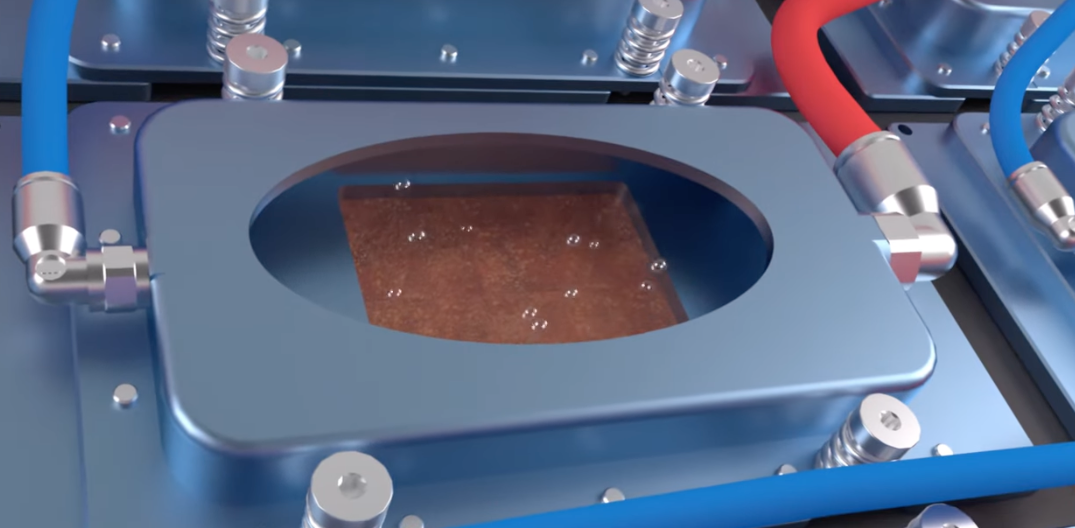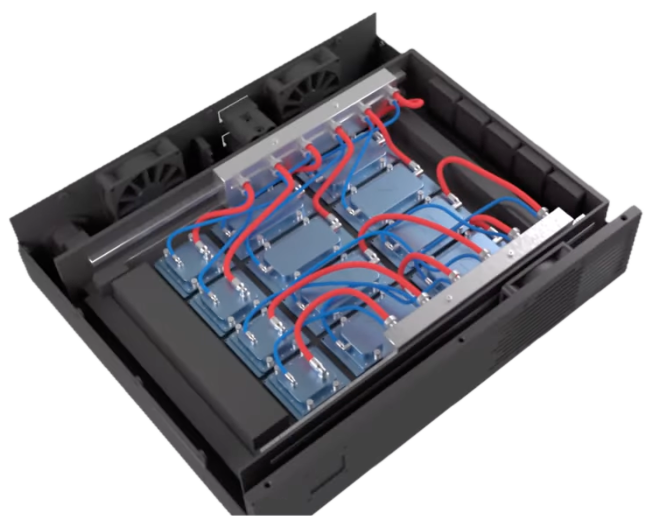Waterless cooling has been redefined for AI with a turnkey server and cold plate, thanks to the collaboration between ZutaCore and ASRock Rack on B300 clusters.
As AI hardware demands more power and generates more heat, traditional data center cooling methods are quickly reaching their limits. ZutaCore, known for its waterless direct-to-chip liquid cooling systems, is pushing back against those limits with two key advancements: a new integrated server solution built for NVIDIA’s HGX B300 platform and a redesigned cold plate system that works regardless of orientation or server layout.
A Turnkey, Waterless-Cooled AI Server
Developed in partnership with ASRock Rack, the newly launched 4U16X-GNR2/ZC server is a complete, rack-ready solution specifically designed to handle the thermal and power requirements of AI-heavy workloads. It supports up to eight NVIDIA HGX B300 systems in a single 42U rack and arrives pre-integrated with ZutaCore’s HyperCool technology.

What sets this system apart is that it’s fully assembled and cooling-ready from the factory. Operators don’t need to retrofit their racks, rework plumbing, or redesign infrastructure. That’s a significant shift from conventional liquid cooling systems, which often require extensive customization and add complexity to data center operations. By shipping a sealed, factory-warranted system, the goal is to reduce deployment times and eliminate on-site risk, particularly important in environments scaling up to meet surging AI demands.
ZutaCore’s HyperCool system uses a closed-loop, two-phase cooling method. It relies on a dielectric fluid that vaporizes on contact with heat-generating components (such as CPUs, GPUs, and power delivery systems) and then condenses back into liquid for recirculation. Because the fluid is non-conductive and non-corrosive, the system can safely operate even in the event of a leak, a critical advantage over water-based cooling.
The design is targeted at AI data centers and edge installations where power density is high and time-to-deployment matters. By eliminating the need for water, ZutaCore also addresses growing sustainability and water-use concerns in hyperscale operations.
OmniTherm: Cooling for Any Orientation or Power Layout
The company’s second major reveal is OmniTherm, a redesigned cold plate platform built to support modern server architectures with less traditional layouts, particularly those using inverted mounting, edge racks, and backside power delivery. These are setups increasingly seen in modular AI infrastructure and high-density HPC clusters.

What makes OmniTherm different is its ability to operate in any orientation (horizontal, vertical, or even upside down) without sacrificing thermal performance. This is especially useful in newer designs where power components aren’t always mounted in typical positions. OmniTherm can cool components on both sides of the motherboard, including PCIe cards and bottom-mounted power modules, areas that are often overlooked by standard cold plates.
The technology still uses ZutaCore’s two-phase cooling approach, meaning it shares the same safety and efficiency characteristics as HyperCool. However, the mechanical flexibility enables data centers to deploy standardized cooling strategies across various hardware types and configurations without needing to redesign server chassis or layouts.
Perhaps just as importantly, OmniTherm fits into existing server footprints, meaning it doesn’t require infrastructure overhauls to adopt. That makes it a practical option for both hyperscalers and enterprises looking to upgrade without downtime or disruption.
A Response to the Realities of AI Compute
Both announcements address the increasing complexity and thermal demands of modern data center infrastructure, particularly with the rise of high-density AI workloads. Components like the NVIDIA HGX B300 require highly efficient cooling systems that can handle extreme heat without introducing risk or requiring significant infrastructure changes. ZutaCore’s focus on waterless, direct-to-chip liquid cooling aims to offer an alternative to conventional approaches, removing the need for water while still delivering scalable, high-performance thermal management.
Engage with StorageReview
Newsletter | YouTube | Podcast iTunes/Spotify | Instagram | Twitter | TikTok | RSS Feed
